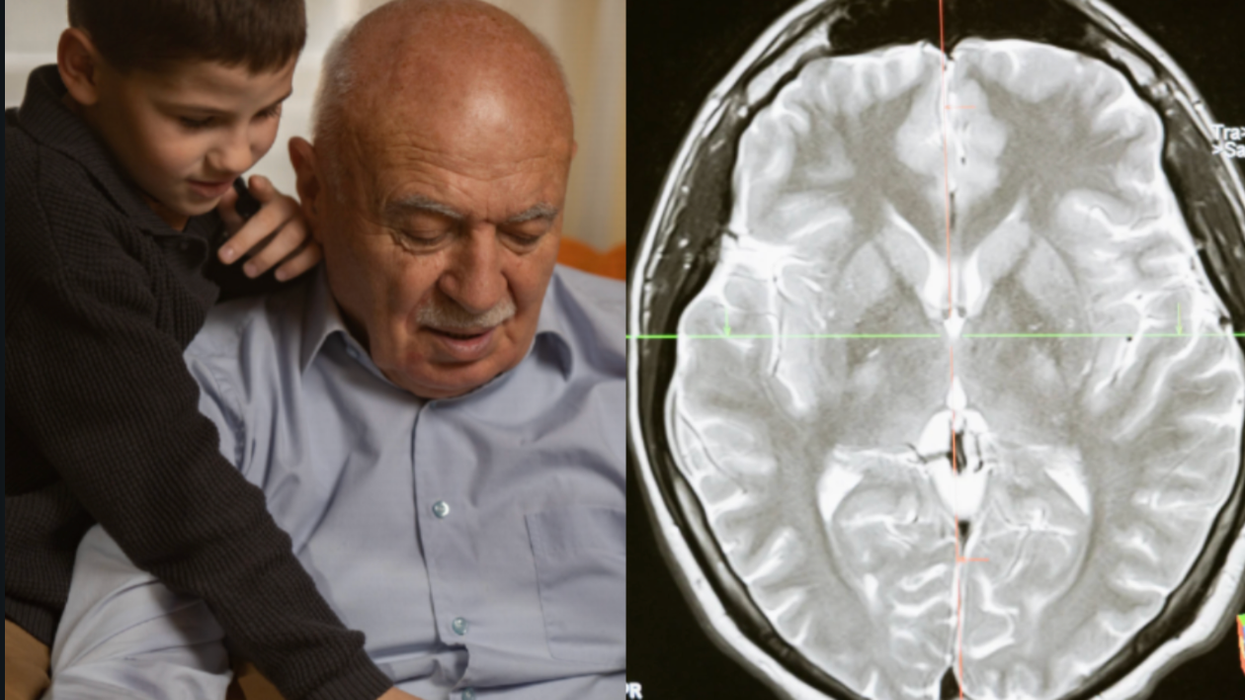Editor's Note: This story is taken from the GOOD10 Ocean's Issue. You can download and read the entire digital magazine issue for free here.
Plastic pollution is one of the world's most pressing ecological problems. Over 17 billion pounds of plastic are dumped in our oceans every year, killing over 100,000 marine mammals, a million sea birds and threatening the entire aquatic eco-system.
Humans may be the origin of plastic pollution, but we are also its victims. When microplastics are ingested by marine animals and it winds up on our dinner plates, it can potentially lead to numerous health issues including various cancers, a weakened immune system and birth defects, according to The Washington Post. One of the most common ways that plastic reaches the ocean is through rivers. Studies show that between 1.15 and 2.41 million metric tons of plastic are deposited into the oceans by rivers each year. Twenty of the world's 40,760 ocean-bound rivers, mostly in Asia, have been found responsible for two-thirds of the global plastic input.
Trapping the plastic that flows through these rivers with a net-like device would greatly reduce the problem of plastic pollution, but it also endangers marine life and makes it impossible for ships to pass through.
In 2015, Philip Ehrhorn, a German naval architect and ocean engineer, had a stroke of genius while touring a water treatment plant he saw in Australia. "At one stage they aerate the water, and on a big surface put air bubbles like a big Jacuzzi," he told The Guardian. Ehrhorn realized that aerating a river or canal could redirect the flow of plastic through the water way using the power of bubbles. The stream of bubbles are harmless, and it allows fish and boats to pass through unimpeded.
Around the same time, three Dutch amateur sailors and friends, Anne Marieke Eveleens, Francis Zoet and Saskia Studer, came up with the idea of creating a curtain of bubbles that sift waste without harming the fish. Ehrhorn and the sailors came together and engineered The Great Bubble Barrier and with the help of a €500,000 ($564,000) Postcode Lotteries Green Challenge award and other prizes.
"All four founders share a passion for sailing and surfing," says Sandy Reitsma, a spokesperson for the company. "It is due to this passion that they have an unstoppable drive to protect and care for the ocean and its wildlife."
The barrier is a simple solution to a vexing problem. It's a long perforated tube placed diagonally at the bottom of a canal or river. Compressed air is pumped through the tube and rises upward through the holes. The air works with the natural current of the river to direct trash to one side of the waterway where it can be collected in a bin. Early tests have found that the bubble barrier blocks 86% of test materials.
In addition to preventing toxic trash from polluting the ocean, the Bubble Barrier stops the growth of toxic blue algae and increases the oxygenation of the water. The bubbles also work to dampen the noise pollution that's harmful to marine life. According to Reitsma, the barrier can catch plastic pieces as small as one milometer and can be installed in waterways as deep as 20 feet.
The Bubble Barrier's first major test was a smashing success. In the fall of 2019, the barrier was installed at the bottom of Amsterdam's Westerdok canal. The barrier's job was to prevent trash from flowing from the Westerdok into the North Sea. Every year, over 42 tons of plastic are removed from Amsterdam's inland waterways. But Amsterdam's trash collection boats can only pick up the trans at the water's surface and misses smaller pieces. Plus, unlike the bubble barrier, they don't work around the clock.
The company is hoping to install barriers in areas where the pollution is more severe. "Our goal is to eventually go to Asia where are the most polluted rivers, often in densely populated areas," Reitsma told GOOD. The company is in discussions with multiple parties and cannot reveal any future plans as of yet. But they assured us that the future looks "bright and bubbly."






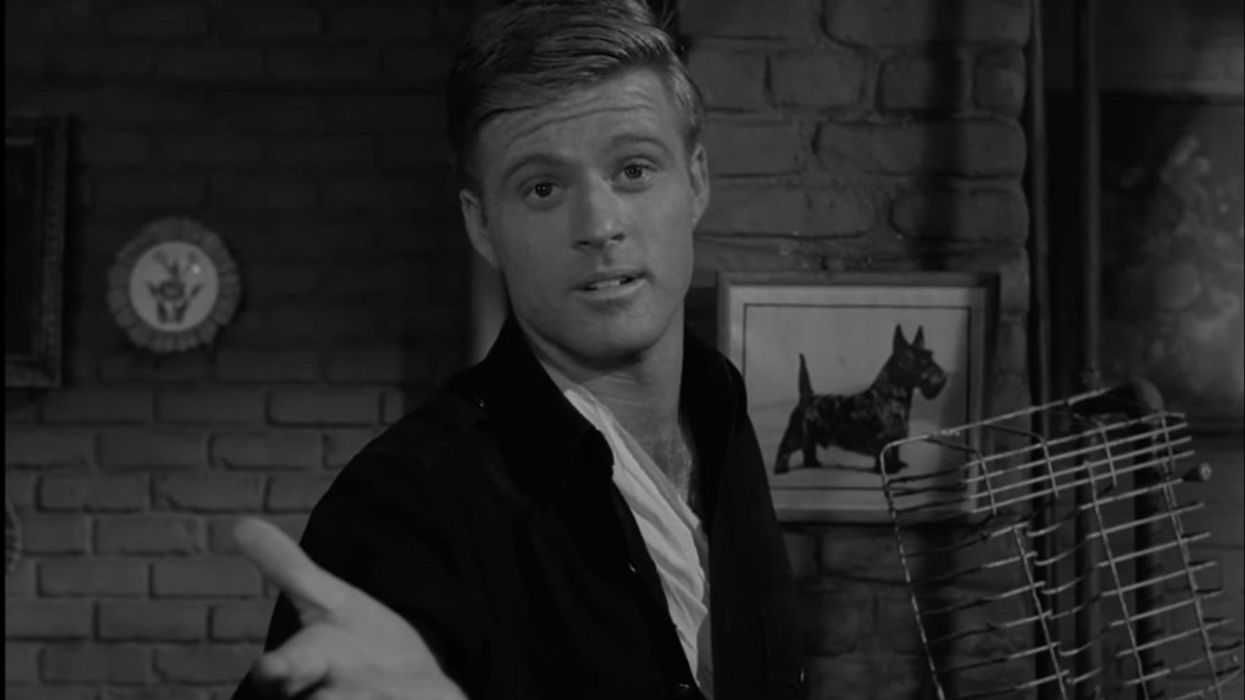
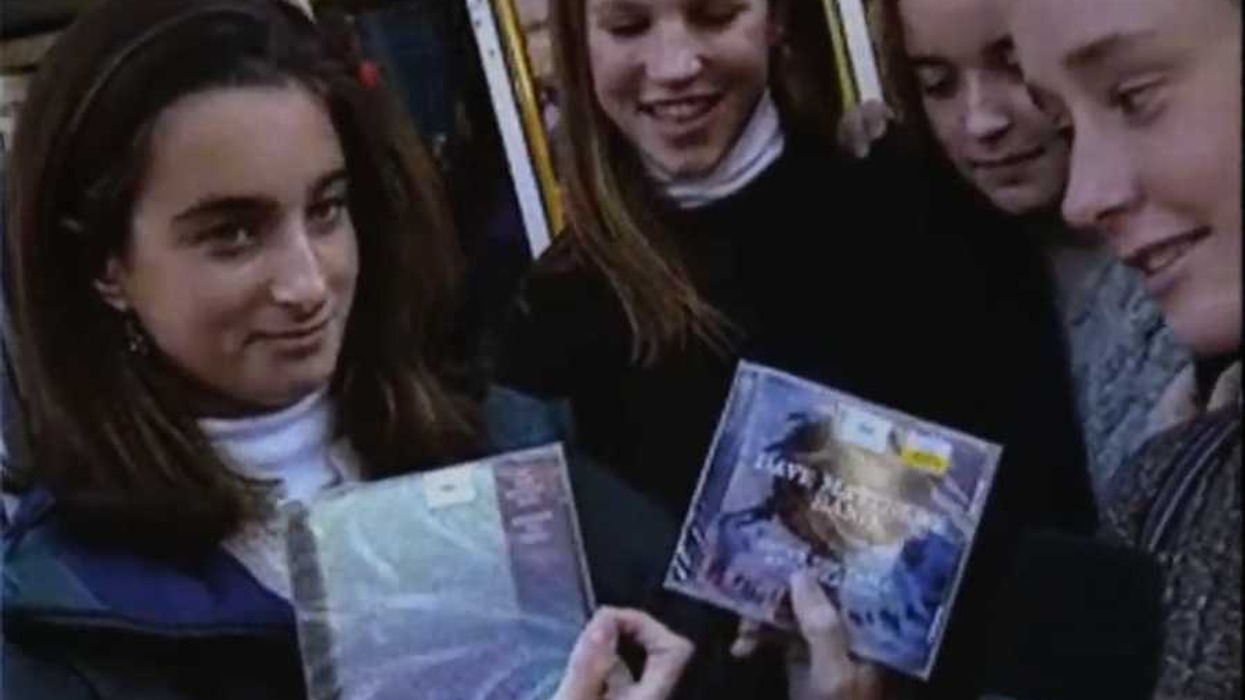
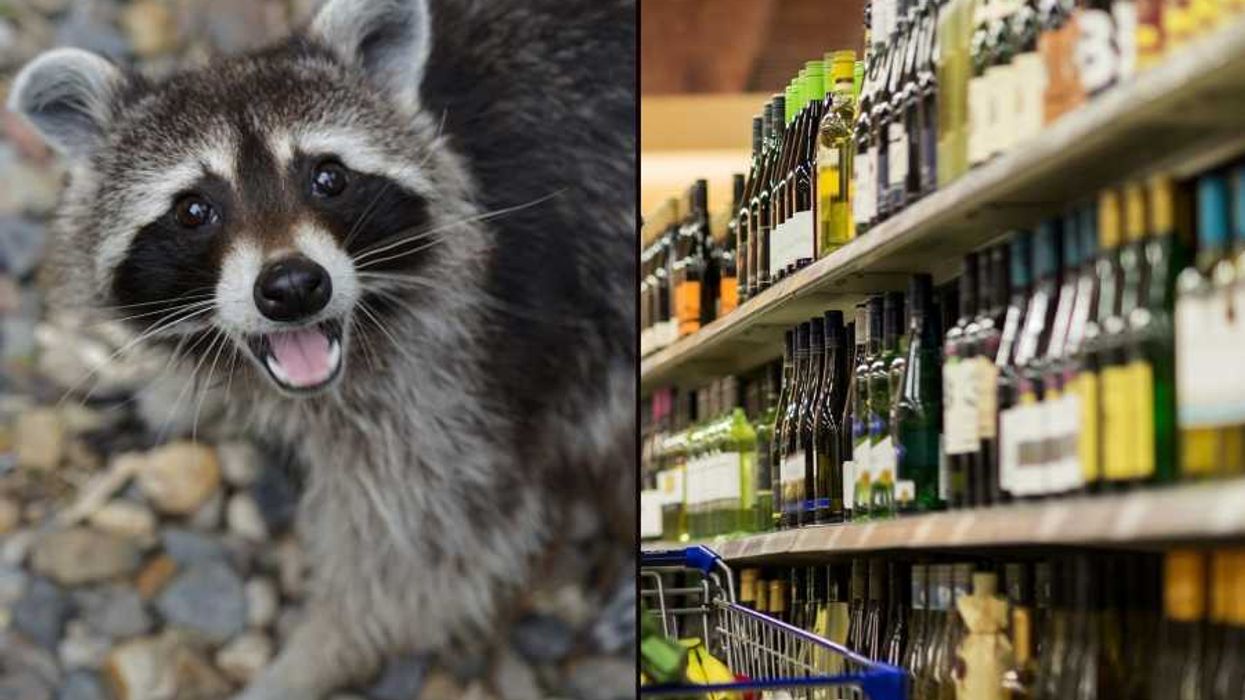

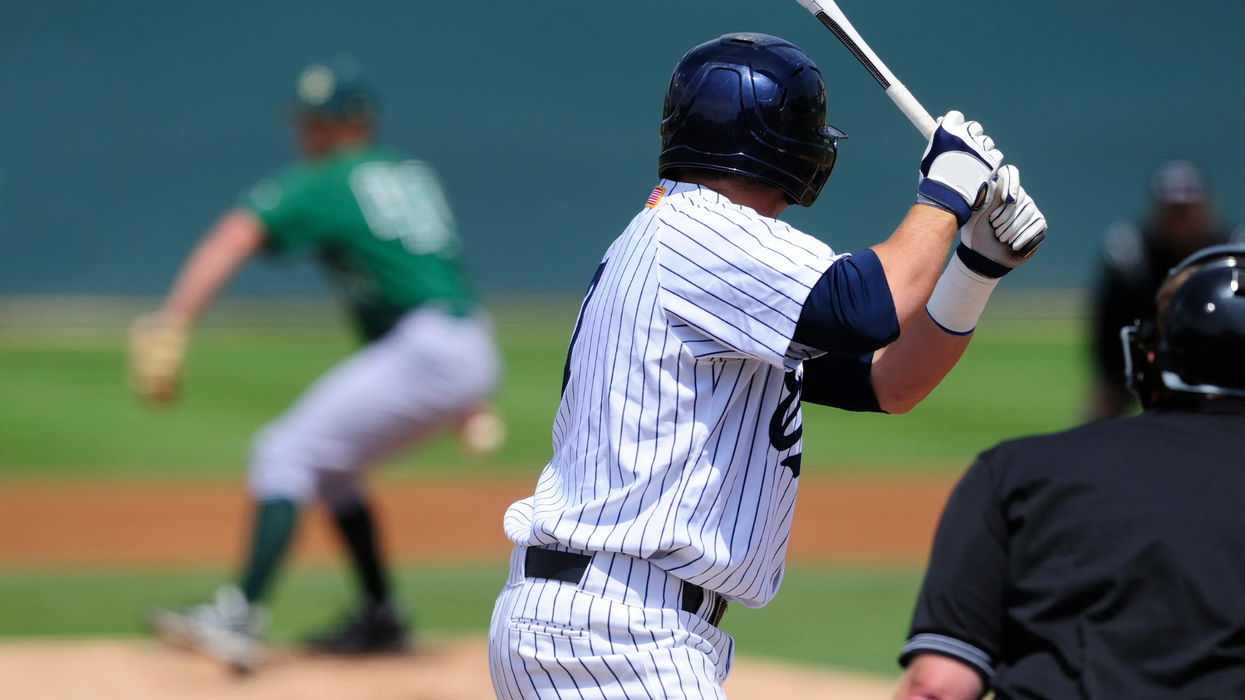


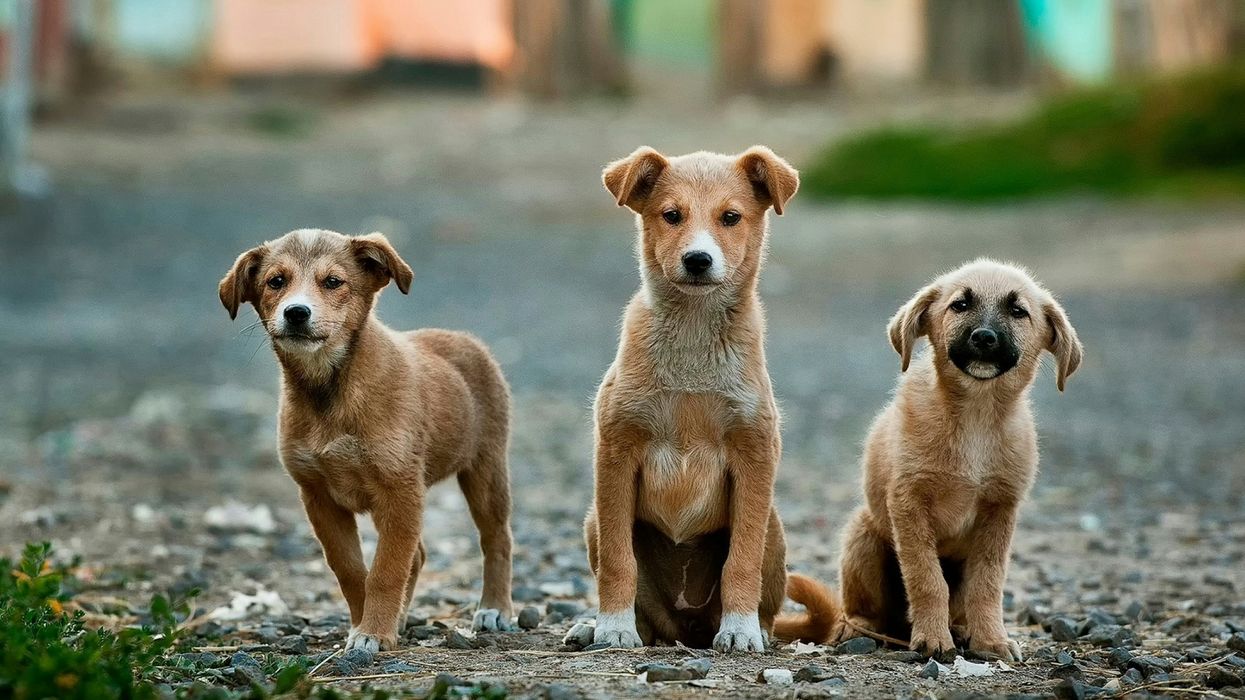
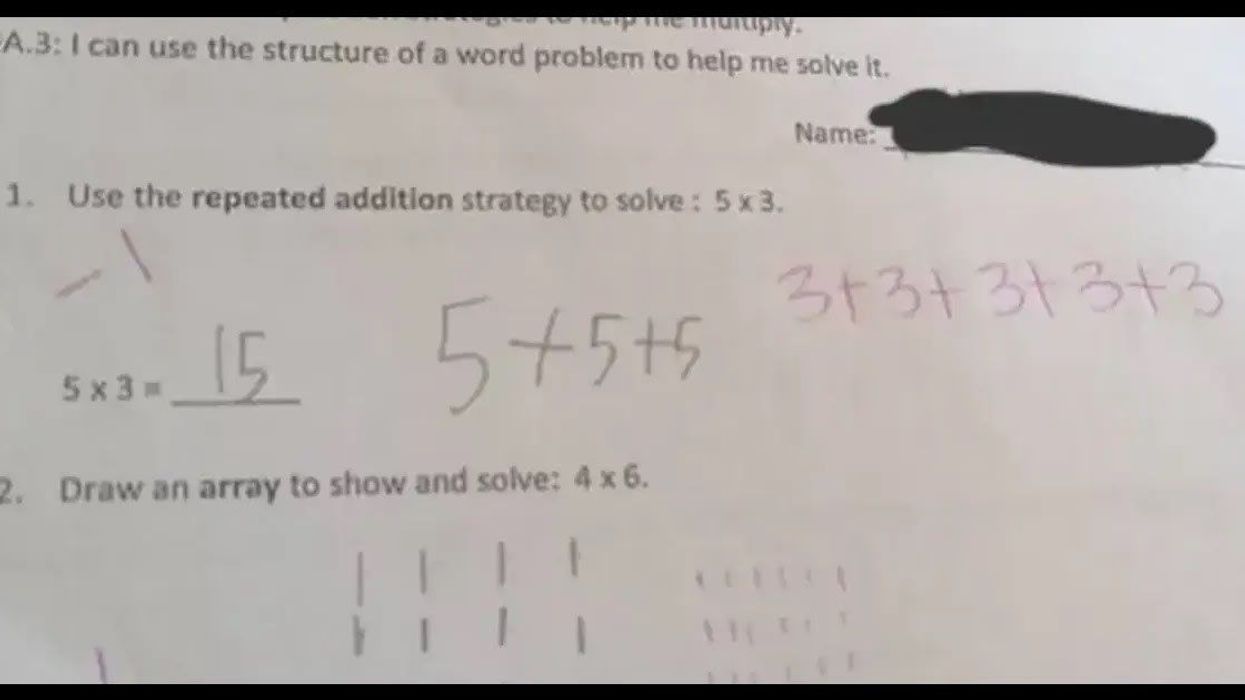

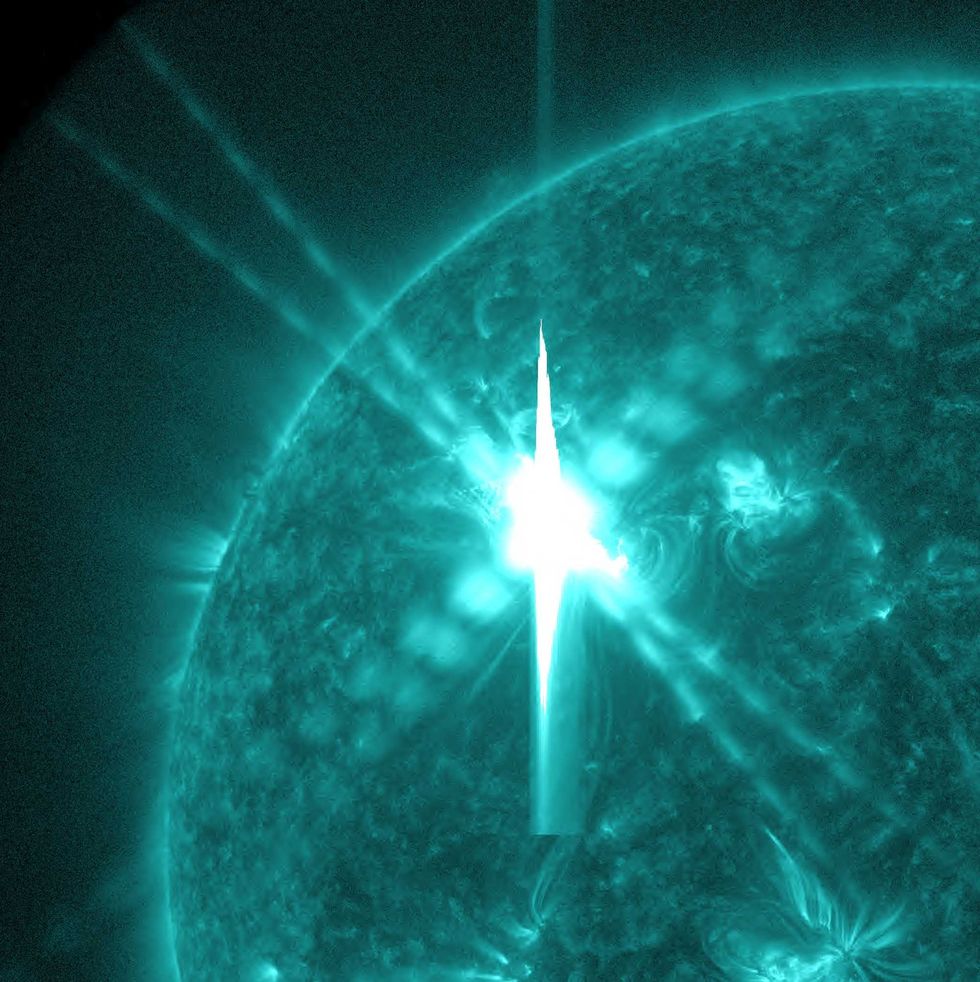 Image artifacts (diffraction spikes and vertical streaks) appearing in a CCD image of a major solar flare due to the excess incident radiation
Image artifacts (diffraction spikes and vertical streaks) appearing in a CCD image of a major solar flare due to the excess incident radiation

 Ladder leads out of darkness.Photo credit
Ladder leads out of darkness.Photo credit  Woman's reflection in shadow.Photo credit
Woman's reflection in shadow.Photo credit  Young woman frazzled.Photo credit
Young woman frazzled.Photo credit 
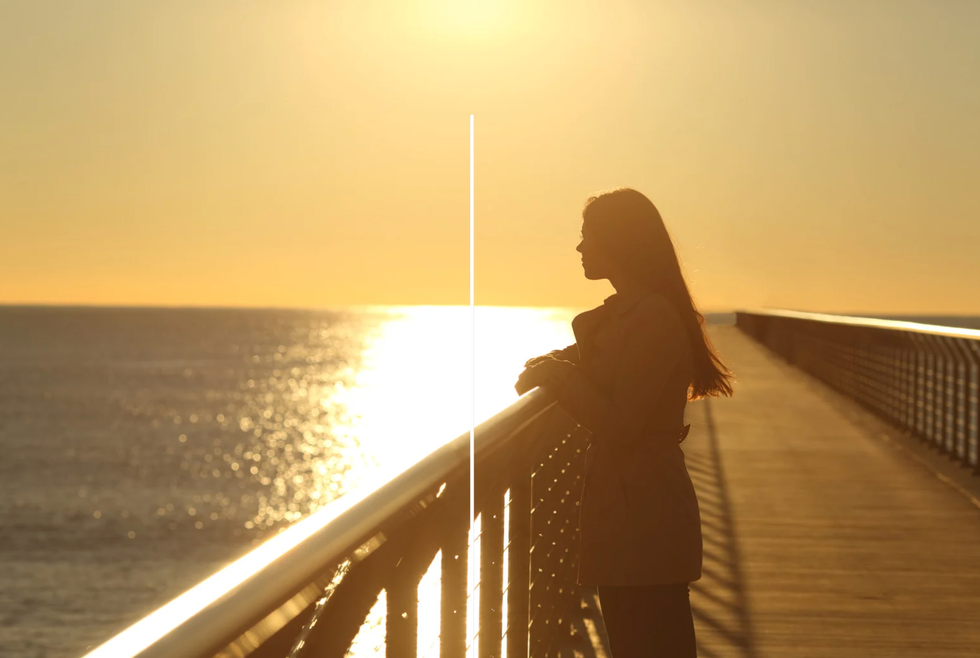 A woman looks out on the waterCanva
A woman looks out on the waterCanva A couple sits in uncomfortable silenceCanva
A couple sits in uncomfortable silenceCanva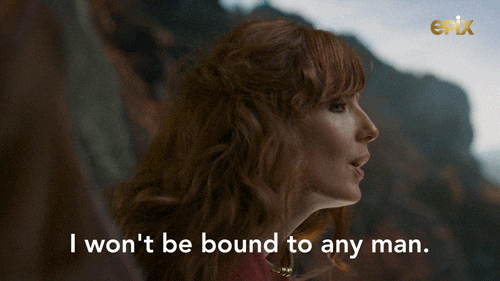 Gif of woman saying "I won't be bound to any man." via
Gif of woman saying "I won't be bound to any man." via  Woman working late at nightCanva
Woman working late at nightCanva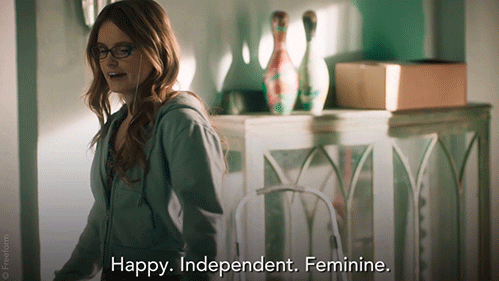 Gif of woman saying "Happy. Independent. Feminine." via
Gif of woman saying "Happy. Independent. Feminine." via 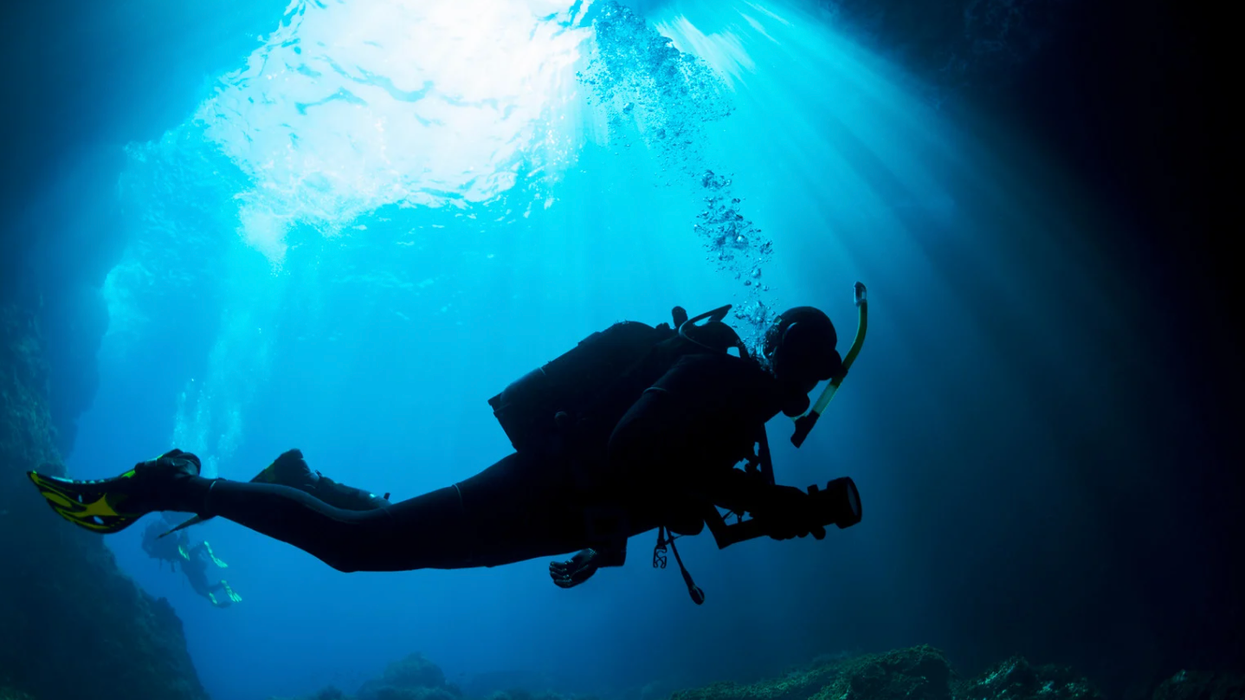
 Yonaguni Monument, as seen from the south of the formation.
Yonaguni Monument, as seen from the south of the formation. 